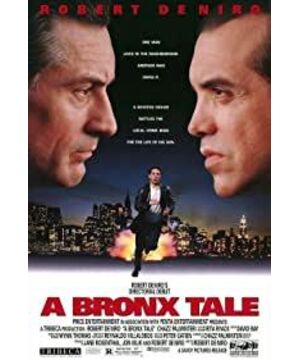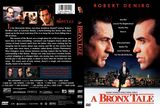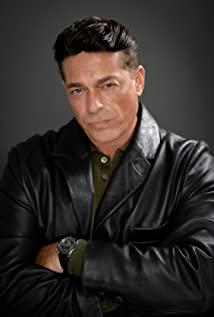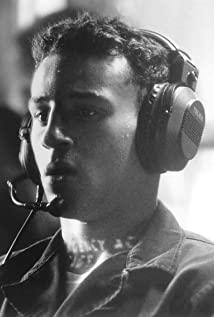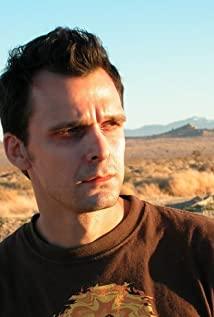After watching this movie, some boundless thoughts popped up in my mind, so let’s sort it out for the time being.
To some extent, this film has some clever variations on the traditional New York-Italian gangster film:
The first variation happened to the gang boss Sonny. Different from the tradition of some Italian gangster films previously filmed, Sonny is not a so-called pure gang boss. Under the skin of Sonny's bloodthirsty life is hidden a kind of kind, justice, gentleman, and wise personality to some extent. Sonny's own life is separated from his personality, resulting in a deconstruction of the character's image. Sonny is not the traditional gangster figure that Pacino, De Niro, Joe Pessi and others have deduced on the screen in the past. The screen image of the character Sonny did not go out of the street, nor did he have to go out of the street, but just a few feet of the street, Sonny's glance back after swinging the gun had a life-long impact on the child C on the street. In other words, the gang boss is no longer the main line of character growth, and the character's growth task has come to C.
The second variation happened to C. C grew from a child to a youth and became the closest friend of the gang boss. He lived with Sonny, but was separated from Sonny’s life and became the entity of Sonny’s personality. Sonny's gang life seems to have become an exhibit on the window, exerting an immediate influence on C and the audience at the same time. Sonny's hidden personality is mapped to C through the window glass, and Sonny passes on to C what he has never said to others as teaching. C also did not become a gangster who grew up soaked in hatred in the street battles of guns and blood like the teenage protagonists in previous gang-type movies. Instead, he learned tolerance, kindness, and thinking from Sonny. The young master who was supposed to be the gang leader in the past was dispelled by the store window and Sonny's hidden personality.
The third variation takes place on C's father Rowlandson, and this role is played by De Niro. Different from De Niro's previous gang bosses in gangster movies, the thugs around the boss, or the ignorant and fearless thugs, this time De Niro played an honest bus driver. De Niro's face gave people an illusion that this driver is the real gang boss. In other words, due to his well-known screen image, De Niro has formed a kind of intertextuality between the inside and outside of the film in this film. The actor of the gang boss plays a driver who has no thoughts about illegal wealth. This dislocation itself also constitutes an interesting resolution to some extent. At the same time, C's preaching to Rowlandson was regarded as deaf ears, and it was the same as the traditional gangster movies at this time could not stimulate the appetite of the audience.
These three layers of deconstruction and the triangle-shaped characters reveal a silence in the hustle and bustle, forming a slightly faded picture scroll.
When a certain type of traditional genre film has stimulated enough public taste buds, discovered enough stories and characters, reached the shackles and gradually disappeared, only some subversion and dissolution can stimulate the audience. No matter how sensitive the cross nerves are.
View more about A Bronx Tale reviews


